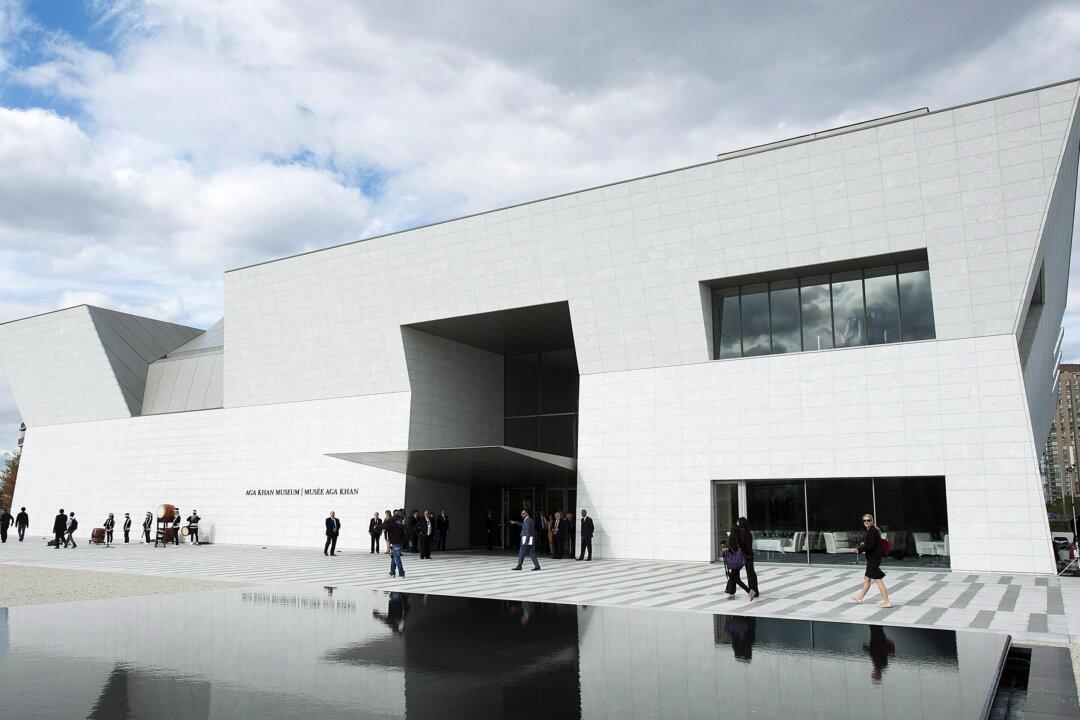Commentary
This Canada Day, reflecting on what it means to be Canadian, I want to take you back to the 1972 Summit Series. But not for Canada’s victory over the Soviets, but its indirect impact on an even more high-stakes drama playing out in… Uganda.
